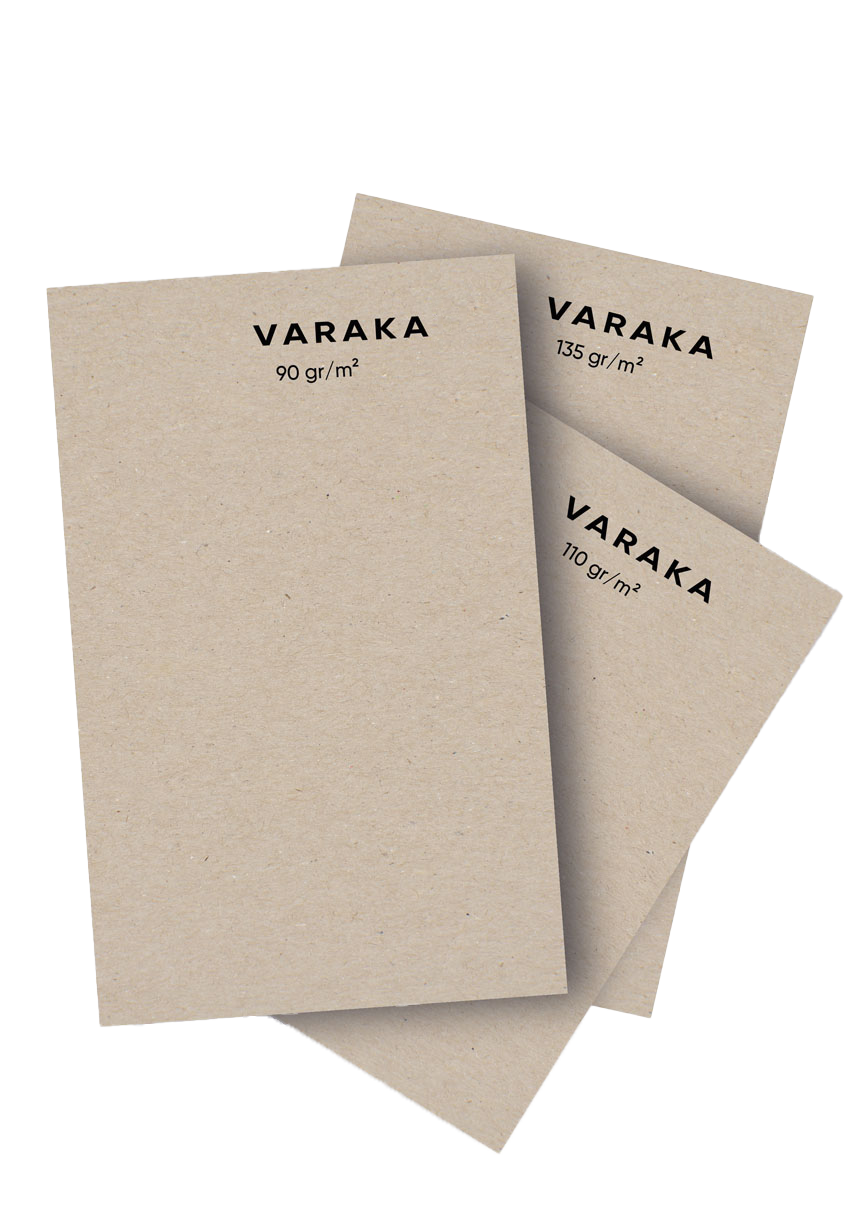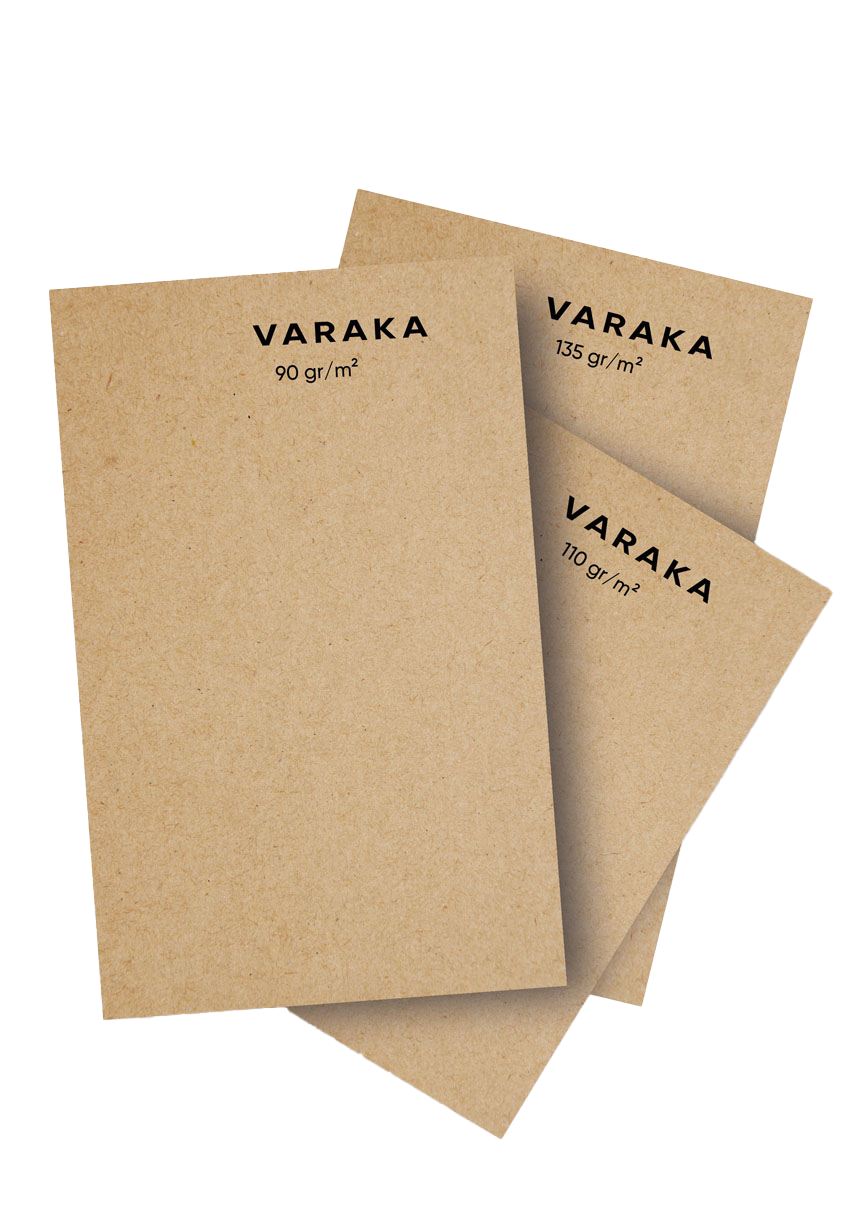About Us
SEKA Balıkesir Paper Factory, which started operations in 1981 to produce domestic paper for newspapers and books, was transformed into a joint-stock company in 1997 under privatization and joined our Albayrak Group in 2003.
After joining our group, modernization efforts began, and a paper production machine with a capacity of 200,000 tons/year was purchased from Holmen Paper Madrid S.L. The machine was dismantled in the first quarter of 2013, and serious revisions and updates were made to reach the target capacity of 300,000 tons/year. Production began at the Balıkesir SEKA campus. In mid-2019, we started operations under the name Varaka Paper Industry Inc. with trial productions.
Our factory, located on a 1,265,000 square meter area near Paşaköy along the Balıkesir-Bigadiç highway, has 110,000 square meters of covered space. The headquarters of our company is in Istanbul.

The products produced and planned for production at our Varaka Paper facilities are as follows: Fluting, Testliner (Brown), Testliner (White), Testliner (White Coated), Kraft (Imitation), Kraft, and Bag Paper.
To increase productivity and quality, and to ensure the continuity of product quality, Dynamic Control Systems (DCS) and Quality Control Systems (QCS), which are advanced technological products, are used at every stage of production. Our environmentally friendly factory contributes significantly to environmental cleanliness by using 100% waste paper as raw material for production, thus putting paper and packaging waste back to the economy.
Moreover, by preventing the use of trees for paper production, we also prevent the cutting of thousands of trees. In our cogeneration plant, fuel sourced from national resources is burned to produce the steam needed for the facility, while electricity is produced via a steam turbine, highlighting our environmentalism by using energy resources correctly and efficiently.
The wastewater generated from the process is treated in a 7000 m³/day capacity treatment plant consisting of physical, chemical, and biological treatment units. The treated wastewater is discharged after being processed to meet discharge criteria. Additionally, a significant portion of the treated water is reused in the process itself, minimizing water consumption.




